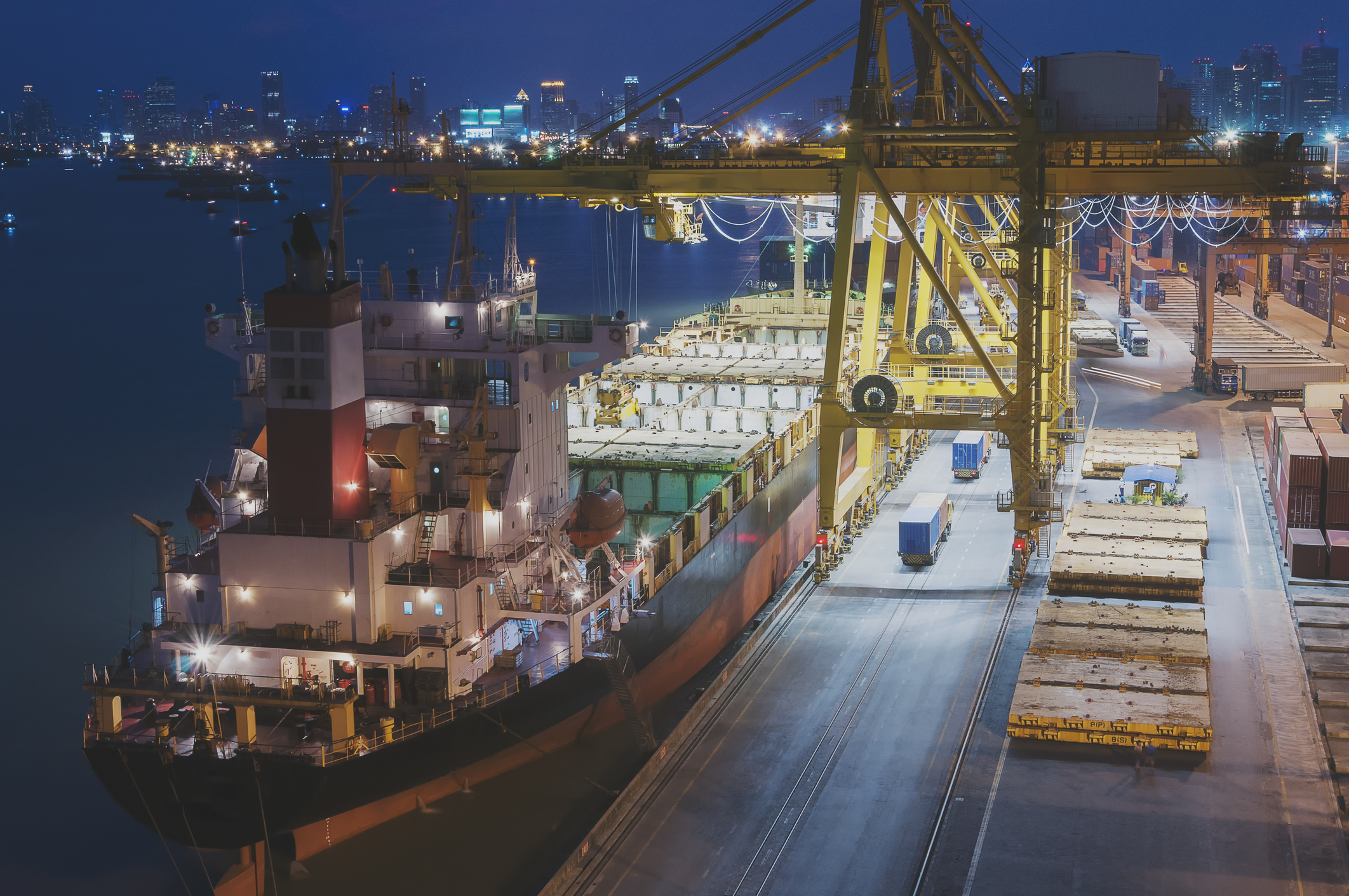Domestic intermodal container volumes have escalated over 7% since September 1st, hitting the highest level since last December. Will this be a sign that container shortages may not get terribly worse?
Intermodal container transportation across the U.S. has been inhibited by insufficient drayage capacity, driven by a lack of chassis and driver availability.
There are two segments of intermodal containers, which are domestic and international. The former is mostly operated by domestic providers, such as Union Pacific (NYSE: UNP) and JB Hunt (NASDAQ: JBHT), while the latter is the one you heard about being in shortage and largely owned by container lines like Maersk.
In general, both domestic and international types encounter a similar problem; that is, limited inland transportation capacity driven by inadequate chassis and drivers, which has caused a serious container backlog at the rail yards, most notably in the U.S. largest intermodal exchange facilities in Chicago.
The declining rates indicate shippers and transportation providers have figured out how to get their containers moving across the country.
Maritime trade rather likes to choose a single direction with more freight imported to the U.S. than leaving them, which indicates shipping companies are struggling to move enough international containers back to their origin countries (mainly China), making them less available for inland transportation and consequently leading to exorbitant prices.
According to Drewry World Container Index, the price for shipping 40-foot containers from Shanghai to Los Angeles has diminished 12% over the past month, which may implies that somewhere along the line, shippers and transportation providers have figured out how to transload more of the international containers to the larger domestic versions and get them moving across the country.
Sufficient container capacity in China may not be the only reason for dwindling rates.
With more international containers getting back to the places they are needed, upward pricing pressure on rates seems to be easing. However, the price decrease is not completely relying on the improvement in moving containers back to China. The dwindling demand after peak season and delaying goods from China also contribute to the lessening congestion.
For more daily updates, subscribe to GoFreight’s Facebook and LinkedIn or sign up to our Newsletter. As the leading logistics software in a rapidly transforming digital industry, GoFreight helps your business increase revenue and enhance workflow. Book a free demo today!



